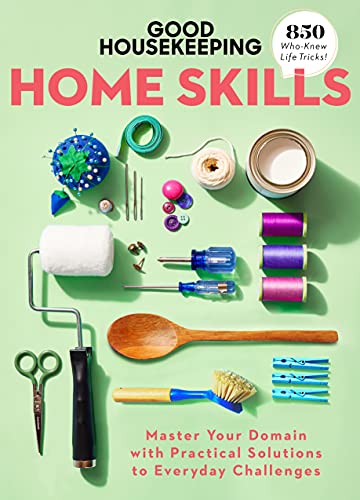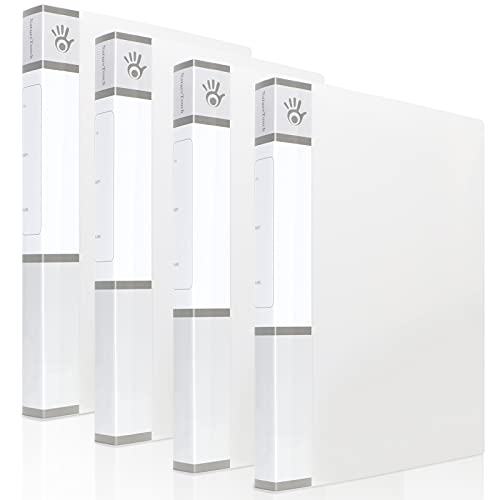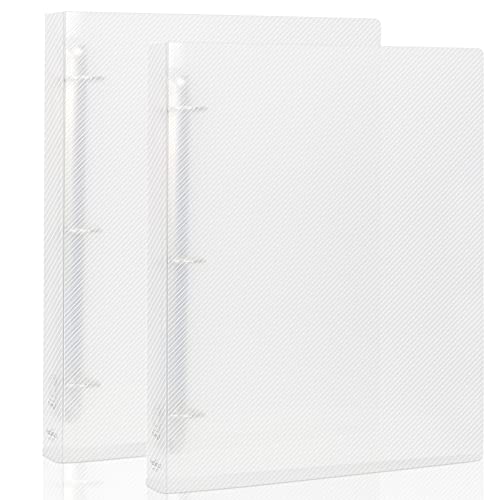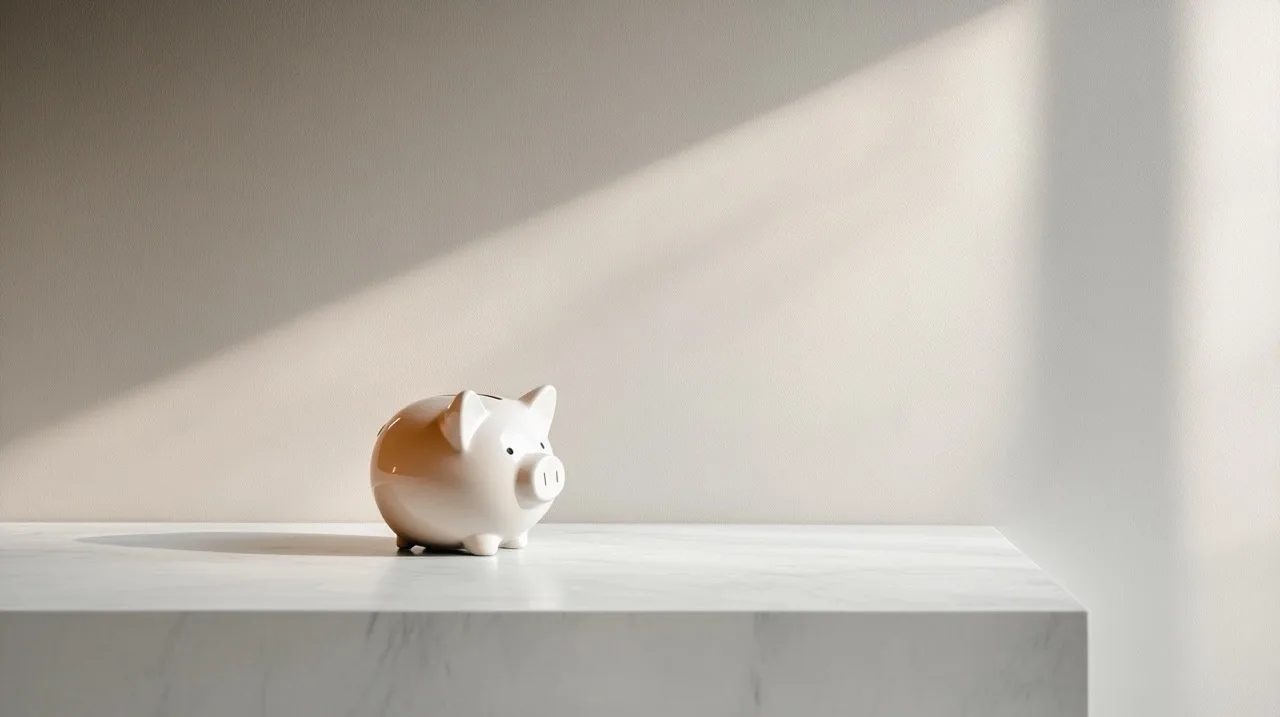“I might need that one day!” Ever had this thought while decluttering? Or been confronted with this argument when trying to get your family or flatmate to throw something out? The truth is that you’ll likely never need it again. With spring cleaning right around the corner, here are a seven daily organising hacks to help you get your decluttering game unstuck, with tips to keep things tidy every day.
Ready, Set… Let it Go
Getting rid of stuff can be emotionally taxing. You have to make a decision about each item. And that means you have to actually take pause and think about what you should do with it.
“What was I thinking when I bought this horrible pair of acid wash jeans?”
“Why do I have multiple pairs of black loafers when I always tend to wear white trainers?”
“Where did I get this bracelet? Oh yeah, that guy I once dated gave it to me. I totally forgot about it. And about him.”
It’s worth the effort questioning your belongings. By doing so, you can gradually let go of things you no longer care for, and you’ll free up space both in your home and in your head. Plus you’ll ease into a more intentional mindset in terms of what you purchase, and how you choose to live.
Next time you’re picking up around the house, try to let go of something you don’t use and no longer like. Something that doesn’t fit you, or perhaps makes you feel bad. Or something which simply no longer suits your lifestyle. (Try one of these 3 things if you need some jumpstart help!)
If you make this “re-examination” of your stuff part of your daily tidying routine, clutter will be less likely to accumulate and you’ll also minimise the overwhelm of having to do a big decluttering session one day.
Only Buy What You 100% Love
There are a couple of easy tricks to ward off clutter, maintain a tidy structure at home, and keep things in order. Number one is to only bring things into your home that you totally love.
The simple rule to make sure you never make purchases that wind up in the corner? Understand your shopping triggers and don’t buy anything you don’t 100% love.
That may sound extreme, but think of all the stuff you bring home which goes unused. Winds up in the back of the closet with tags still attached. Gets lost and forgotten in the bottom of a drawer. All those impulse purchases, all the things you added to your cart when you were bored, sad, or frustrated. Are they worth all the hours you had to work for them?
But, you may ask, what about light bulbs and screwdrivers and everything else you need, but don’t love?
Necessities might not incite any big gushy feelings but they still should be necessary, and so you can equate functionality with love for our intent here. In such, whether it’s a family pack of dental floss or some replacement batteries, ask yourself if you truly need the item and are going to use it before you pull out your wallet.
Last year, I introduced a new rule in my own home to help keep clutter at bay. If I make a new purchase, I leave it out in plain sight, tags still attached. If I haven’t used it within ten days, it goes back to the store or wherever I ordered it from. You might want to try out this rule, too, and see if it works for you. Before buying anything new, you can also ask yourself a few simple things:
- Am I going to use this right away?
- Can I create at least three different outfits with this new piece of clothing?
- Is this flattering on me, does it fit perfectly?
- How will this item make my life better?
Questions like this will help you determine whether you truly love something or not.
One In, One Out
Another daily organising hack you can adopt is the “one it, one out” rule. It’s simple, yet so effective.
For example, if you’ve been eyeing a new sofa throw for a while and finally decide to order it when it goes on sale, you have to get rid of your old sofa throw.
True, it can be tough sometimes applying this rule. It’s easy to fall into the trap of believing you’ll need the old throw again one day. Or that you could use it as a backup of sorts. Don’t fall prey to this mindset though. It’s too easy to get stuck in clutter if you do.
Donate the old throw, or recycle it if it’s unusable. If it’s in great condition, you might even want to try selling it.
Everything In Its Place: One of the Best Daily Organising Hacks
Having a designated space for everything is another way to keep things tidy 24/7. Whether it’s your monkey wrench or your nail varnish, give it a home. And then keep it there.
Getting up from the couch to go to the kitchen? Take that empty glass and old magazine with you and put them in the dishwasher and recycling bin. Done with work for the day in your home office? Clear the desk, put every last pen and paperclip away, and stow your laptop until the next day.
Keeping everything in its place is the easiest daily organising hack of them all. You might need to train yourself at first to think this way, but once you do, it will come to you automatically. The result is that even when your place is not actually tip-top clean, it will still look tidy!
Clearing Emotional Clutter
Sometimes clutter triggers emotional responses, causing you to hang on to it. Maybe grandmum knit you an afghan blanket that doesn’t go with your decor but you can’t seem to part with it. Or maybe you find it hard to get rid of last summer’s trashy beach novel you read on holiday, because you associate it with such a great trip.
There’s a workaround for stuff like this. Gather it all in a box or container, and stow it away for half a year. If you don’t miss it, or can’t even remember what’s in the box, you can get rid of its contents. If you’re still feeling a nostalgic pang about an item, take a picture of it before you let it go. You can look at it on your phone or computer whenever you wish.
Again, be responsible when clearing things out. There are lots of charitable organisations which would happily take a good blanket or used book in good condition. For tips on recycling and donating responsibly, check out my post on what to do with stuff you’ve decluttered. It has loads of options for you to explore.
Dealing With Paperwork
We all have to do it, but who really likes it? Paperwork, ugh. Whether it’s your taxes, staying on top of official docs you need to archive in hard copy, or just doing your bills: all that paper piles up quickly.
The good news is that it’s relatively easy to become the master of your filing system. Your daily organising hacks should include dealing with bills immediately as they come in. That means either paying them right away when you receive them, or getting them into your payment queue set to a scheduled date for payment. Once you’ve got the payment set, scan the bill into your paperless filing cabinet or designated digital file, and chuck out the paper original.
The same goes for any business cards you receive, or brochures and other printed matter. Make a call on it right away: to keep or to toss? If you want to hang on to it, scan it and discard the paper.
What about long-term files? Keep everything in check by going through your filing system—hard copy and digital—once annually. Shred anything you no longer need. Scan everything you don’t need a hard copy of. By doing this once a year (I like to pick a bad weather season or do it during a heat wave when it’s too hot to clean), you can keep your paper files to an absolute minimum.
Create your own practical filing system for paper files so you have what you need on hand, when you need it. Personally, I’m a fan of the above semi-transluscent polypropylene file folders. I organise by topic and have a folder labelled for each area I need to keep files for, such as real estate deeds, medical, employment, and so on.
The row of folders looks inconspicuous on my bookshelf and because each folder is rather slim, I’m forced to keep it all sorted out on an annual basis:

Try not to stack piles of paperwork at your workspace. It can build up and too easily become a mess, which in turn can lead you to postpone dealing with it. And that only creates more paper clutter.
Instead, take the “GTD” approach and make a concerted effort to Get Things Done as they land on your desk. If you have a bill or a to-do which needs to wait, it’s better to have a dedicated file for anything which cannot be automated (like a payment) and to make a note of the to-do-by date on your calendar so you don’t forget it.
Maintaining Tidiness
Keeping things tidy is not about aiming for perfection. It’s about maintaining an overview of what you have, and where it is, so that you can easily find it when you need it.
Once you’ve sorted out the basic clutter at home, you can maintain a sense of organisation even when you’re super busy by devising daily organising hacks that work best for you.
If you want to stay unstuck, don’t force yourself to use storage systems you don’t like. If you prefer open systems because you like seeing your stuff out in plain sight, go for it. Open systems can look amazing. The trick is to keep them organised and sorted so they don’t overwhelm your space. Closed systems, in turn, can lead to temptation. They make it easy to accumulate stuff. Out of sight, out of mind.
You might not need much in the way of storage solutions at all. The thing with storage is that once we have it, we tend to fill it up with stuff. If you’ve decided to go the minimalist route and downsize your household, it’s possible that you won’t need all that many cabinets, containers, or boxes to house everything.
How do you stay on top of things in your day-to-day? If you’d like more tips and motivation to create your own daily organising hacks, check the other posts here about daily decluttering bursts and weekday cleaning routines!












Leave a Reply